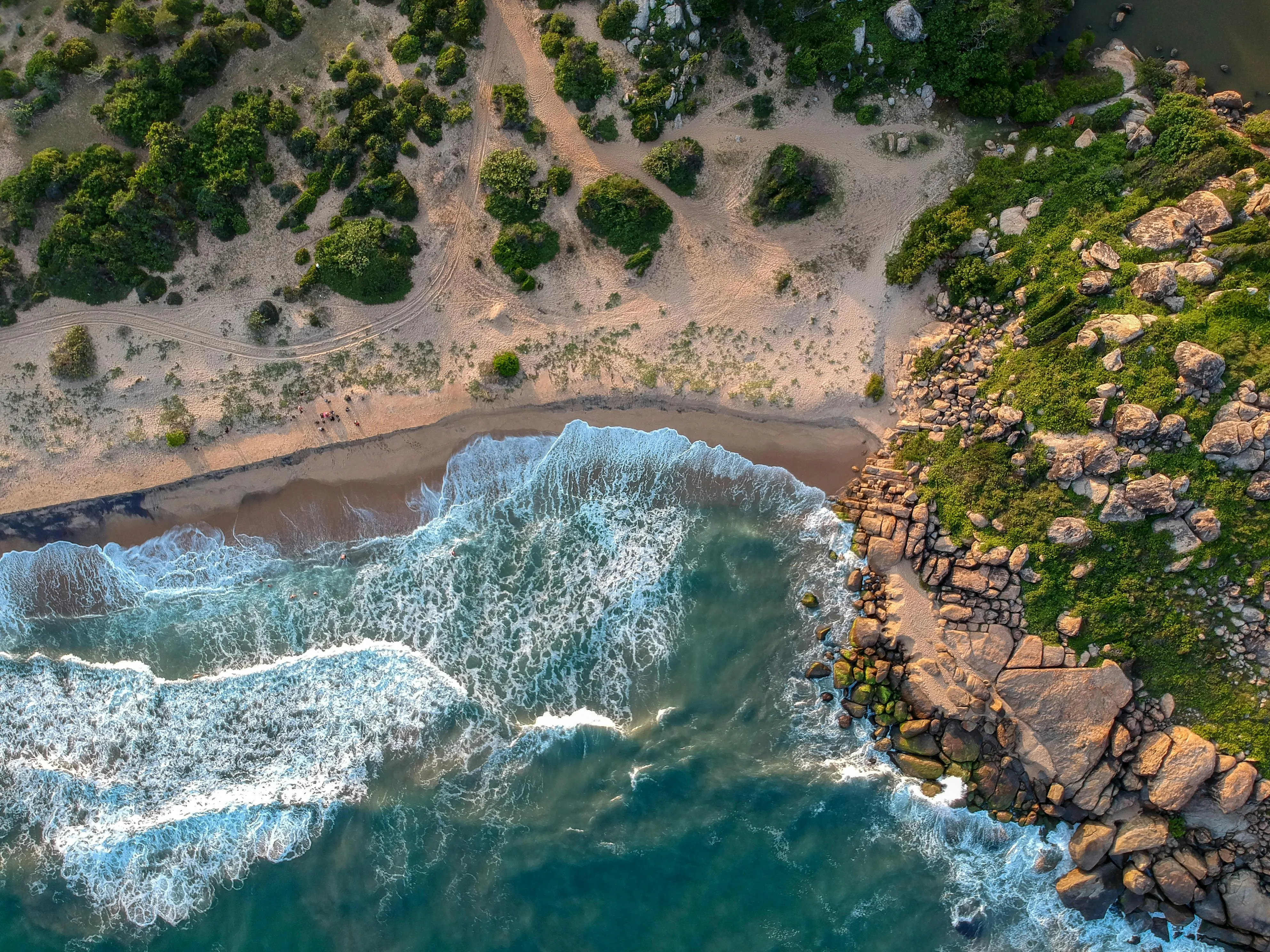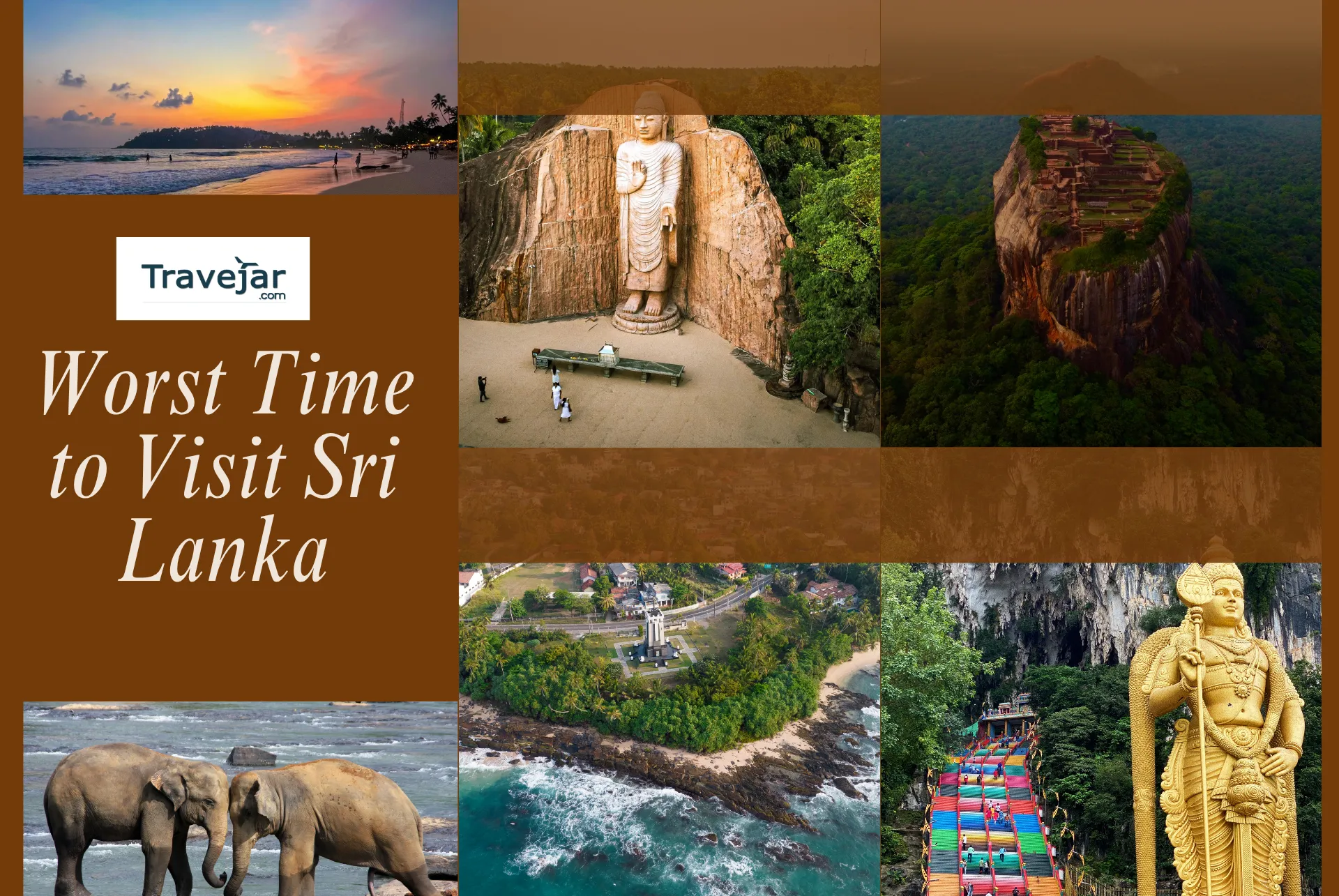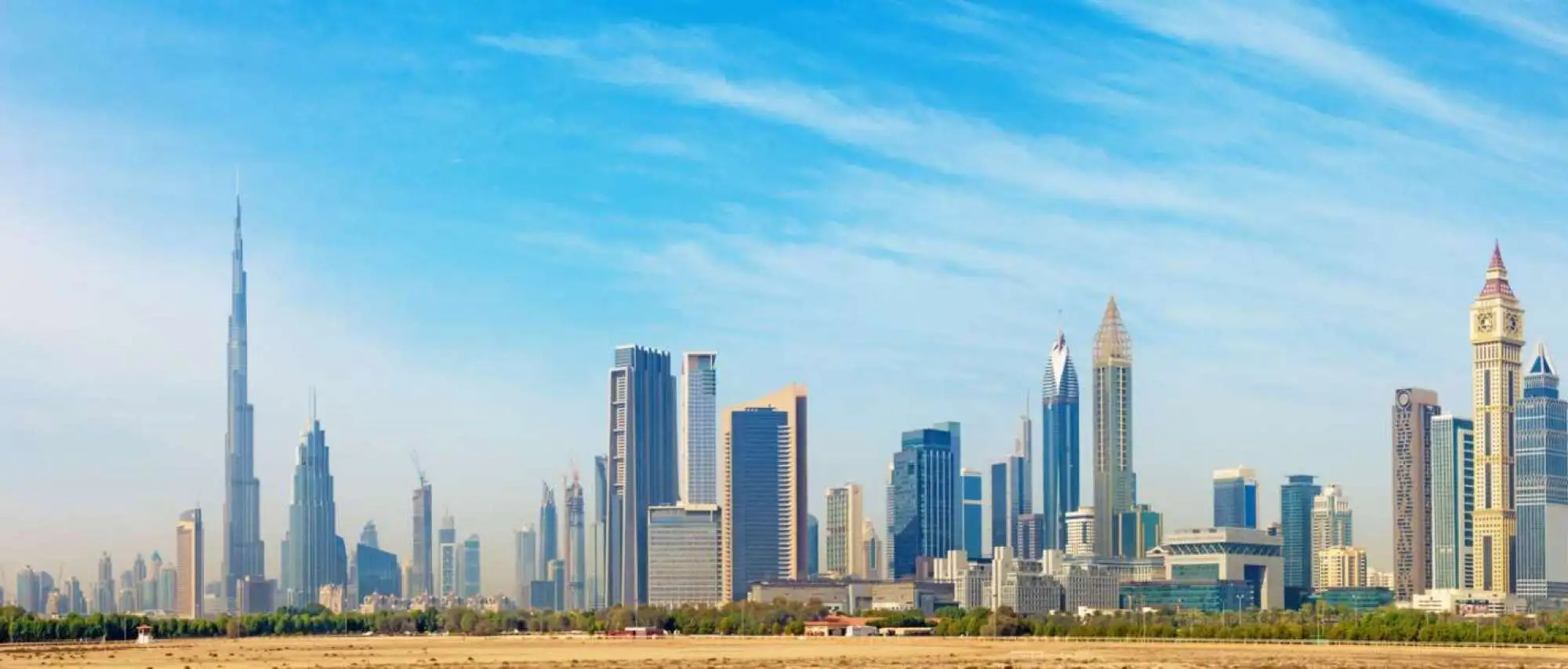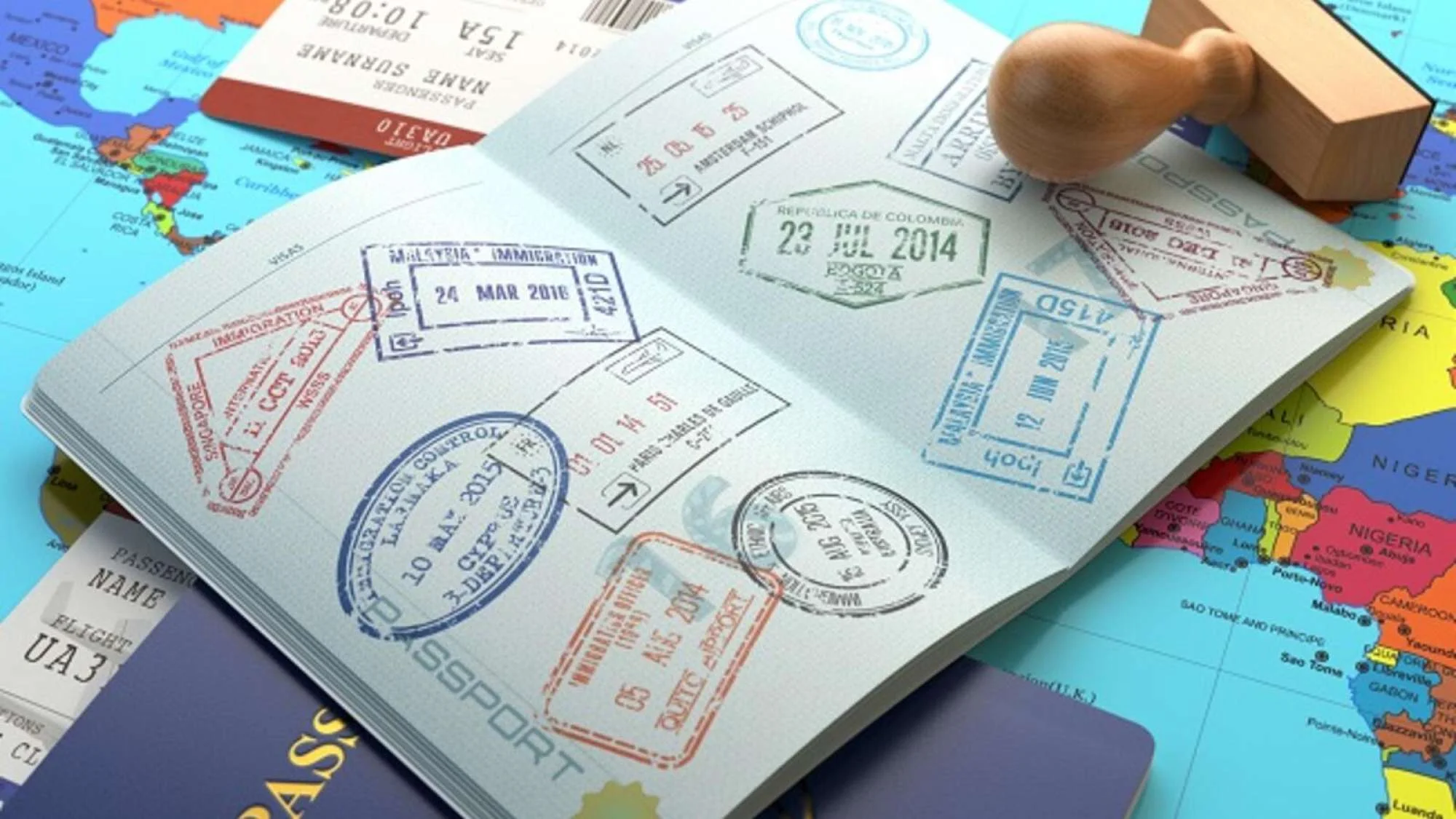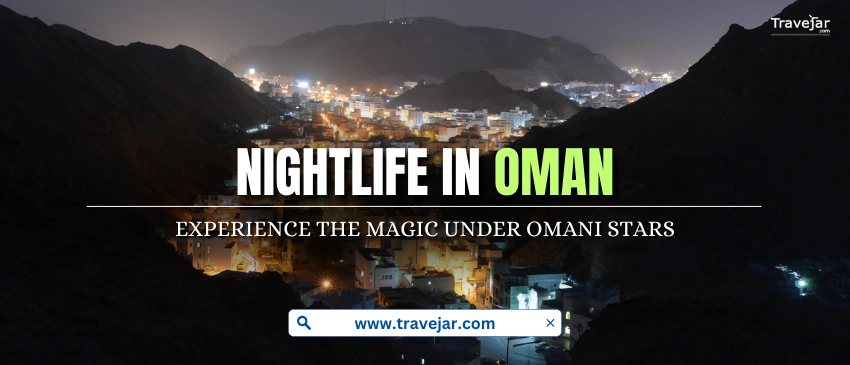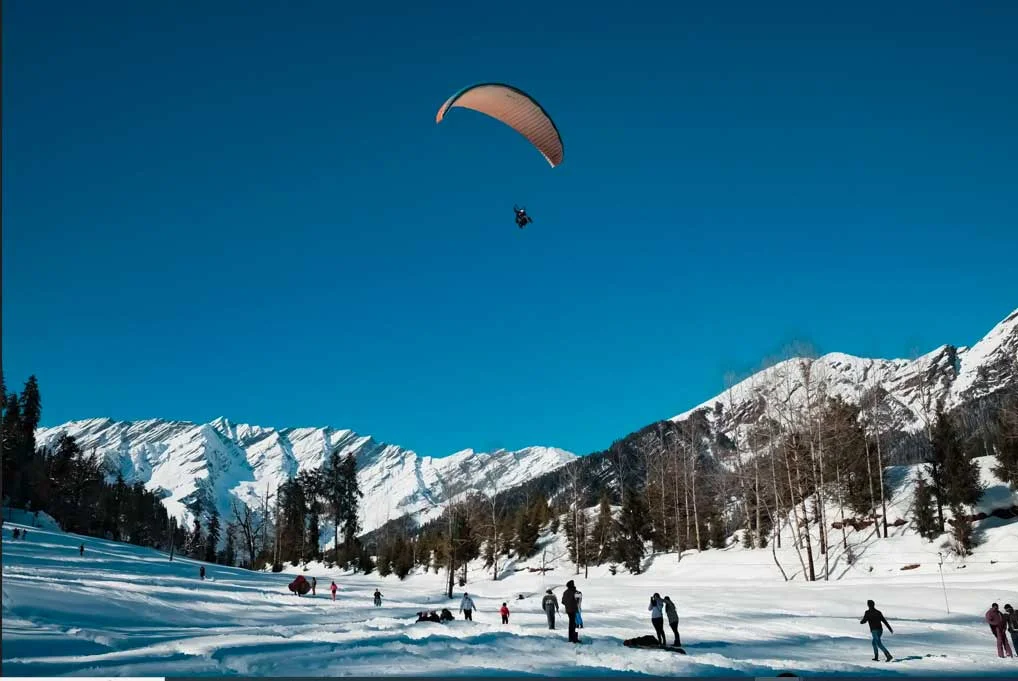Sri Lanka Weather Guide: Seasons, Climate & Best Time to Visit
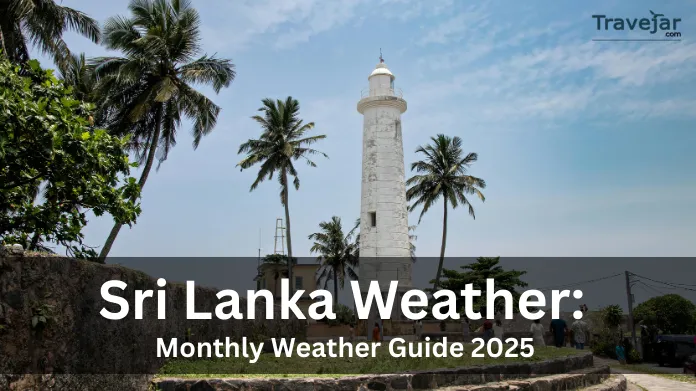
- Sep 03, 2025
- 0 Comments
Srilanka has become a popular tourist destination due to its warm hospitality, which is often cited along with its rich cultural heritage, diverse natural beauty and affordability. Many travelers also explore different Sri Lanka tour packages that allow them to experience the island’s charm in a well-planned way. The Sri Lankan weather has been characterised by a hot, tropical and humid climate with distinct monsoon that affects the different parts of the island at different times. In the coastal season, indulge in the Ayurvedic remedies or go on the exciting wildlife safaris. The Sri Lanka weather differs depending on the time of the year. The monsoon season in Sri Lanka spans from May to September, while the dry season lasts from October to April.
The peak season for Sri Lankan tourism is mainly considered during the dry season from December to April. The best time to visit Sri Lanka is mainly dependent on your preferences and interests; however, the period between December and mid-April offers favourable weather conditions. It is considered the peak season, attracting a surge in visitors that further affects the prices of accommodations and other services. In this period, the country experiences sunny and warm weather with low rainfall, which makes it ideal for sightseeing, beach vacation and outdoor activities. The hill country also adores the pleasant temperature that provides a welcome respite from the coastal heat. If you are looking for an affordable experience, then you should consider visiting the place during the shoulder season, i.e. between April and May and September-October.
When Is the Best Month to Visit Sri Lanka?
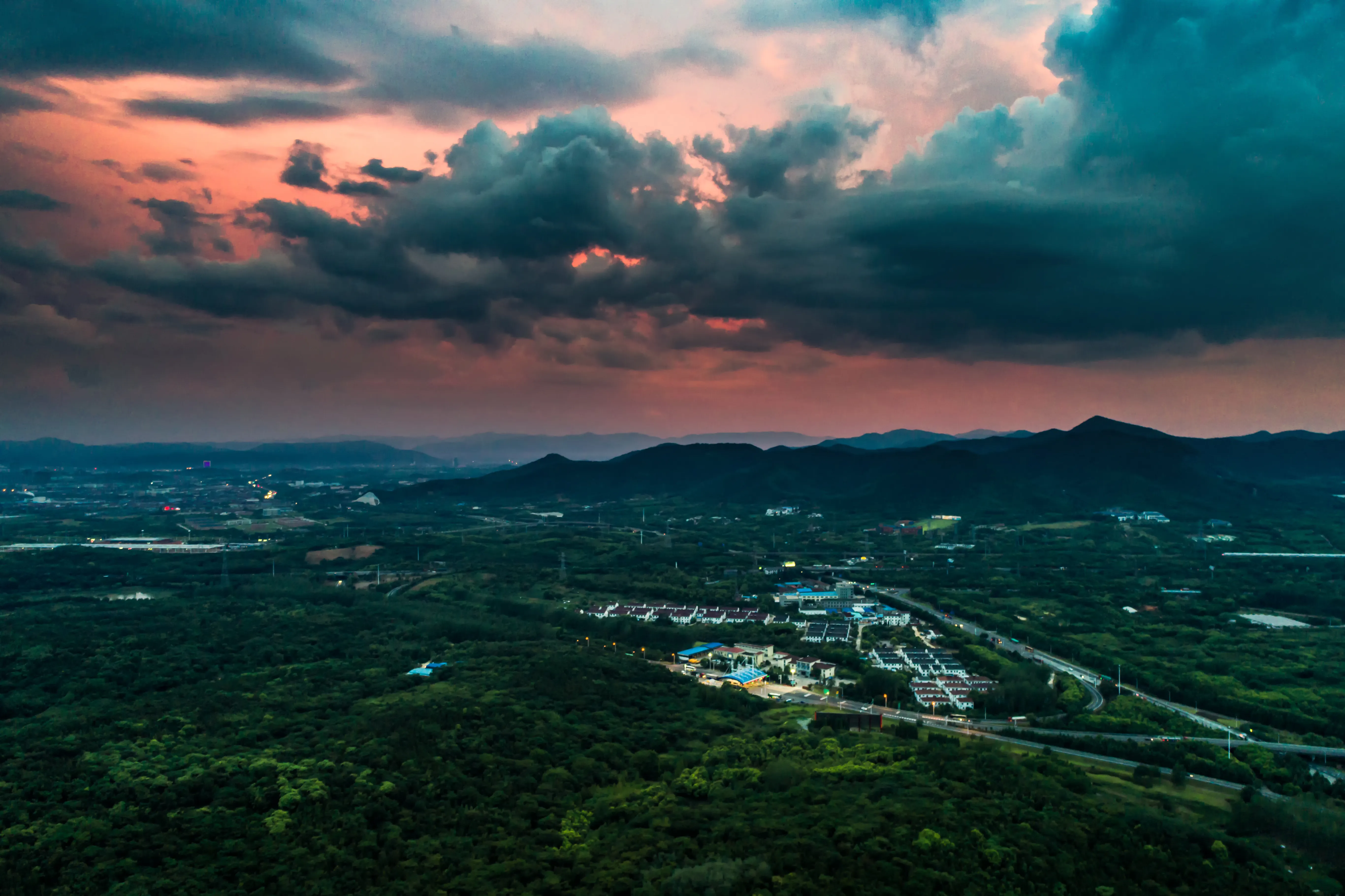
The best month to visit Sri Lanka is between December to mid-April. This period is considered the peak season with dry and warm weather that is perfect for discovering the south and west coast and the cultural triangle. During these months, you can visit some of the popular destinations like Galle, Colombo, Mirrissa, and Hikkaduwa. These months also offer a good balance of pleasing weather and fewer crowds, which makes it the best time for exploring the country without the rush.
1. January in Sri Lanka
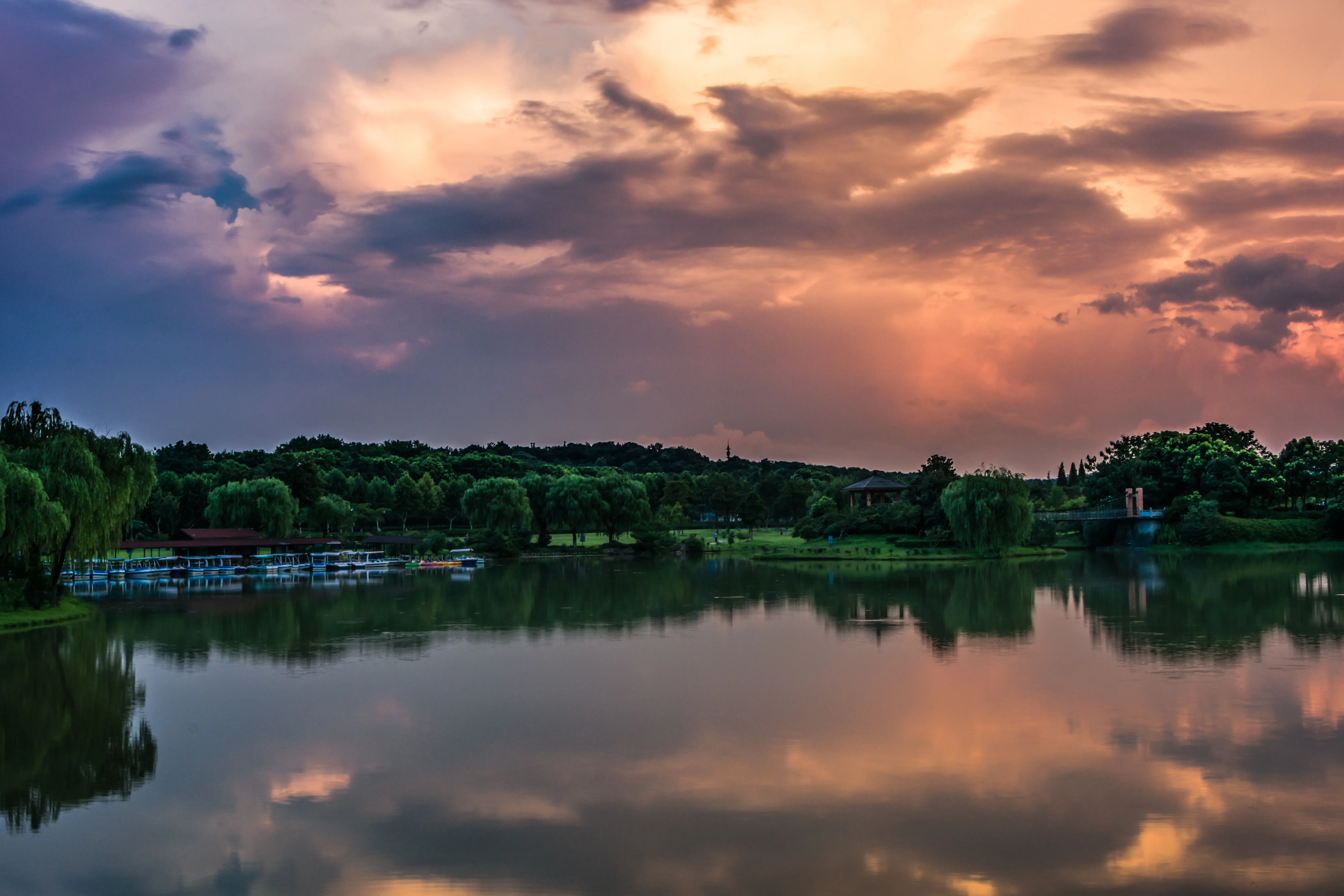
Sri Lanka in January offers warm and pleasant weather with lower humidity and minimal rainfall, making it a great time to travel. During this month, you can expect plenty of sunshine and the cool ocean breezes. Sri Lanka climate in January is great for hiking, cycling and wildlife watching. In the north-east, things start to dry up as the monsoon season there draws to a close. You can expect 7-9 hours of sunshine every day, which is perfect for exploring the island. Early January is mainly busy, so it is suggested to book well in advance.
- Average Temperature: day (25 °C to 30 °C) and night (22 °C to 25 °C)
- Weather Highlights: dry season with minimal rainfall
- Best Things to Do: Beach relaxation, Cultural Exploration, Wildlife safaris, Whale watching
- What to Pack: Lightweight clothing, Sun protection, Comfortable walking shoes, modest clothing, rain gear
2. February in Sri Lanka
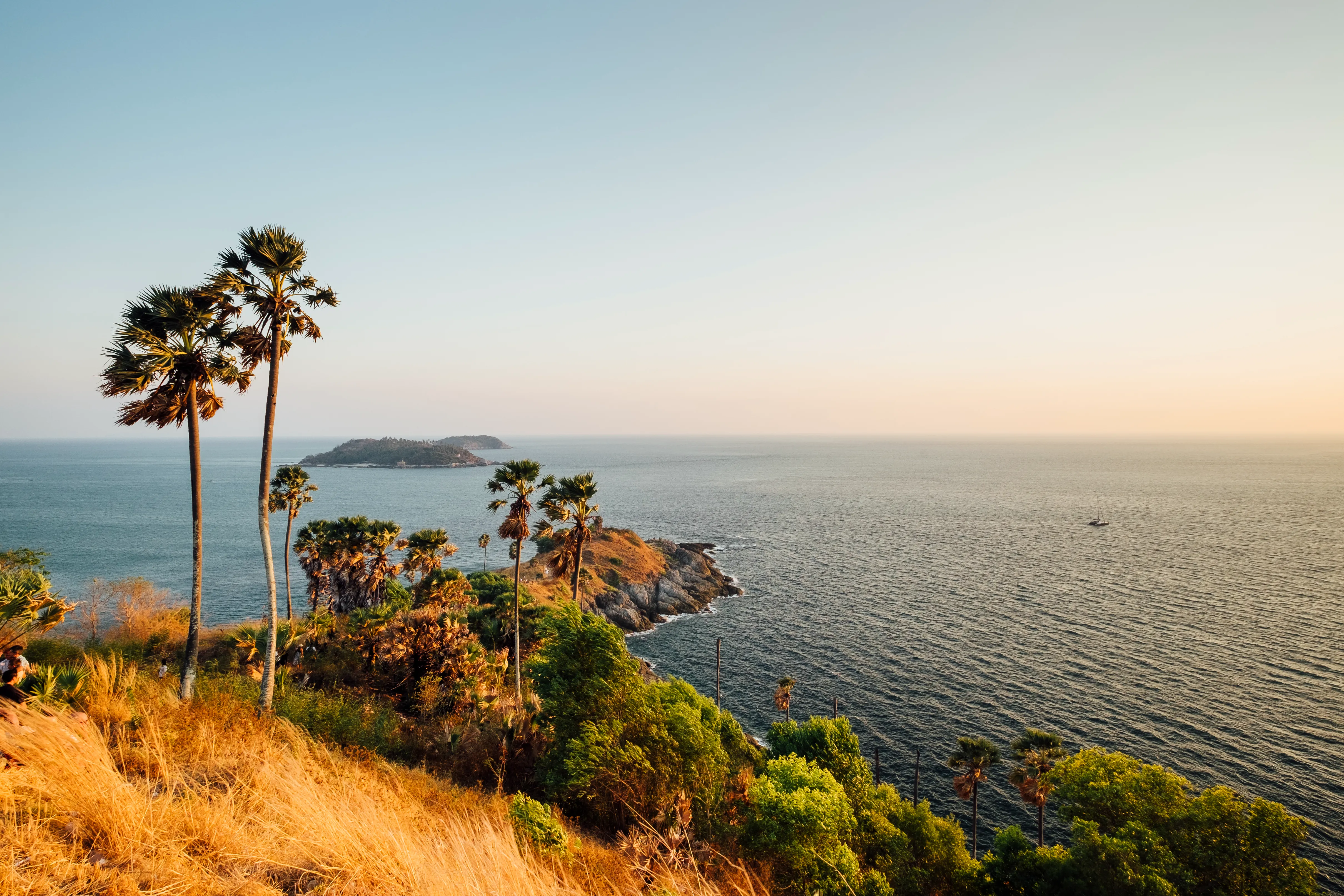
Sri Lanka weather in February is considered the best time to visit the country, especially along the southwest coast and the middle of the country from Colombo across to Sirigiya. Sri Lanka in February slides in between the wetter months with the lower humidity compared to the previous month. The monsoon in February should be starting to wind down even more compared to January in the month and on the East Coast. There is less rainfall during this month, but chances are there in places like Trincomalee, Jaffa and Arugam Bay. Sri lanka temperature in February is best for various activities like biking, active hiking, beach visiting, etc. For culture lovers, this is also a wonderful time to explore historical places to visit in Sri Lanka such as Sigiriya and Polonnaruwa.
- Average Temperature: it ranges between 27-28 °C
- Weather Highlights: Sri Lanka in February offers cool, pleasant weather, especially in the highlands
- Best Things to Do: explore national parks, visit the cultural sites, enjoy the beaches, hiking
- What to Pack: Light jacket, sunscreen, Raincoat, Hiking shoes, raincoat
3. March in Sri Lanka
.webp)
Sri Lanka in March is the best time to see the blue whales as they feed on the abundant krill. Most of the wildlife tours are in full swing now and welcoming families on their spring break. Temperature in Sri Lanka in March is hot in sunny in the south, with temperatures above 30 °C due to, which it is considered as the warmest month. However, it is considered a good month for the adventurous honeymooners uniting Sri Lanka with the Maldives. You should consider packing casual wear for daytime activities and light jackets for cooler evenings.
- Average Temperature: day (30 °C to 34 °C) and night (24 °C to 26 °C)
- Weather Highlights: warm days, cooler evenings. Occasional showers
- Best Things to Do: Cultural exploration, Wildlife Viewing, Beach getaways, and shopping festivals.
- What to Pack: Lightweight clothing, Comfortable walking shoes, sunglasses, a hat, swimsuit.
4. April in Sri Lanka
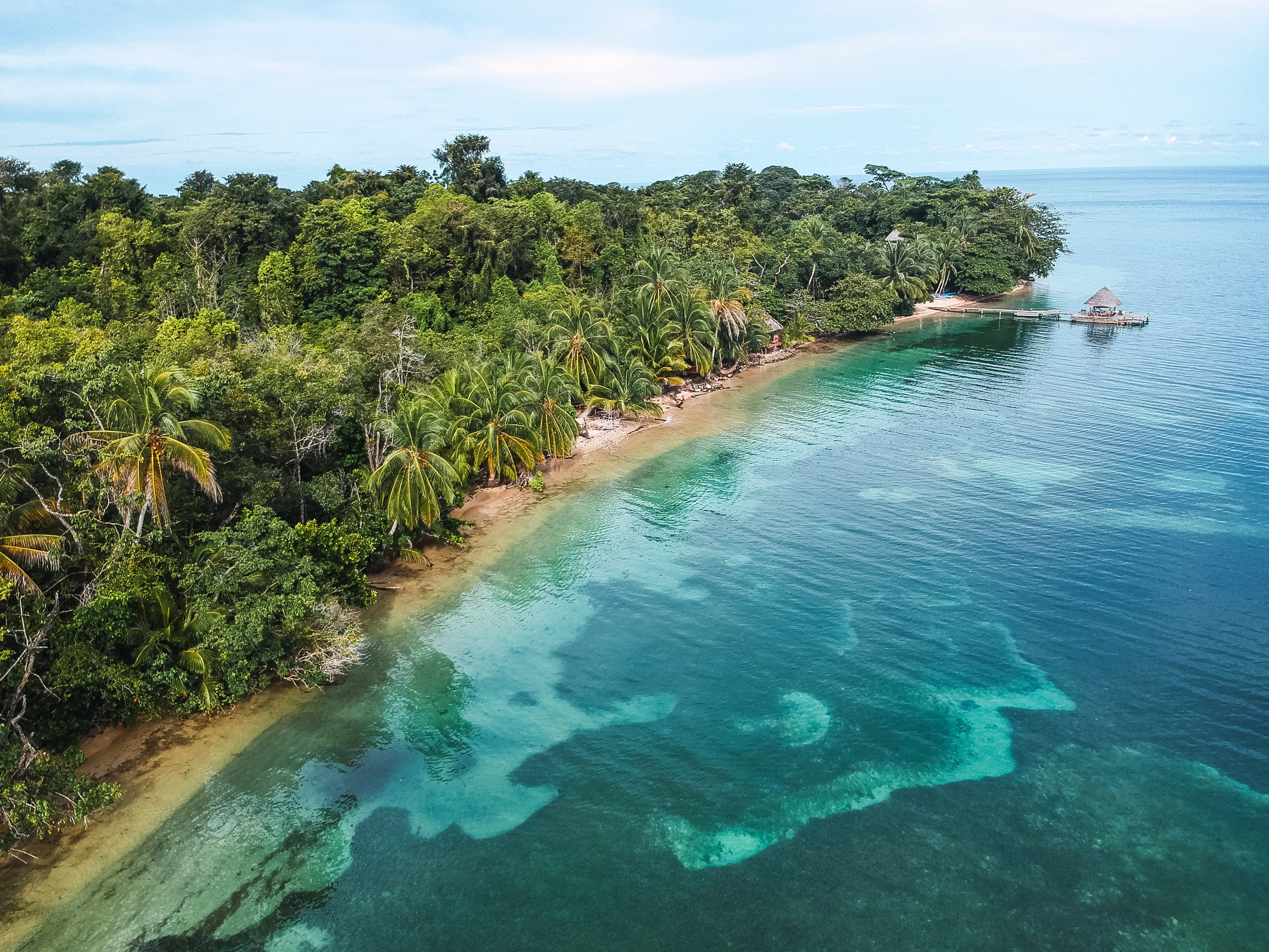
Sri Lanka in April experiences humid and warm weather. Rainfall during this month is moderate with an average of 100-200mm throughout the month. Due to the weather, there are no shopping festivals or desert safari in April. The best activities that you can do this month involve wildlife safaris in the national parks like Udawalawe and exploring the cultural sites. Sri Lanka's weather in April offers the best time to camp in the Hill Country as the cool nights mainly lack the usual chill; however, the rain returns again at the end of the month. At the end of April, the tourist season winds down, as it is the last chance to see the blue whales.
- Average Temperature: Day (30 °C to 32 °C) and night (24 °C to 26 °C)
- Weather Highlights: Warm and humid conditions with the potential of some showers.
- Best Things to Do: Relaxing on the beach, Wildlife safaris, Cultural Site Exploration like Kandy, Polonnaruwa and Sigiriya.
- What to Pack: Rain jacket, reusable water bottle, small first aid kit, Mosquito repellent.
5. May in Sri Lanka
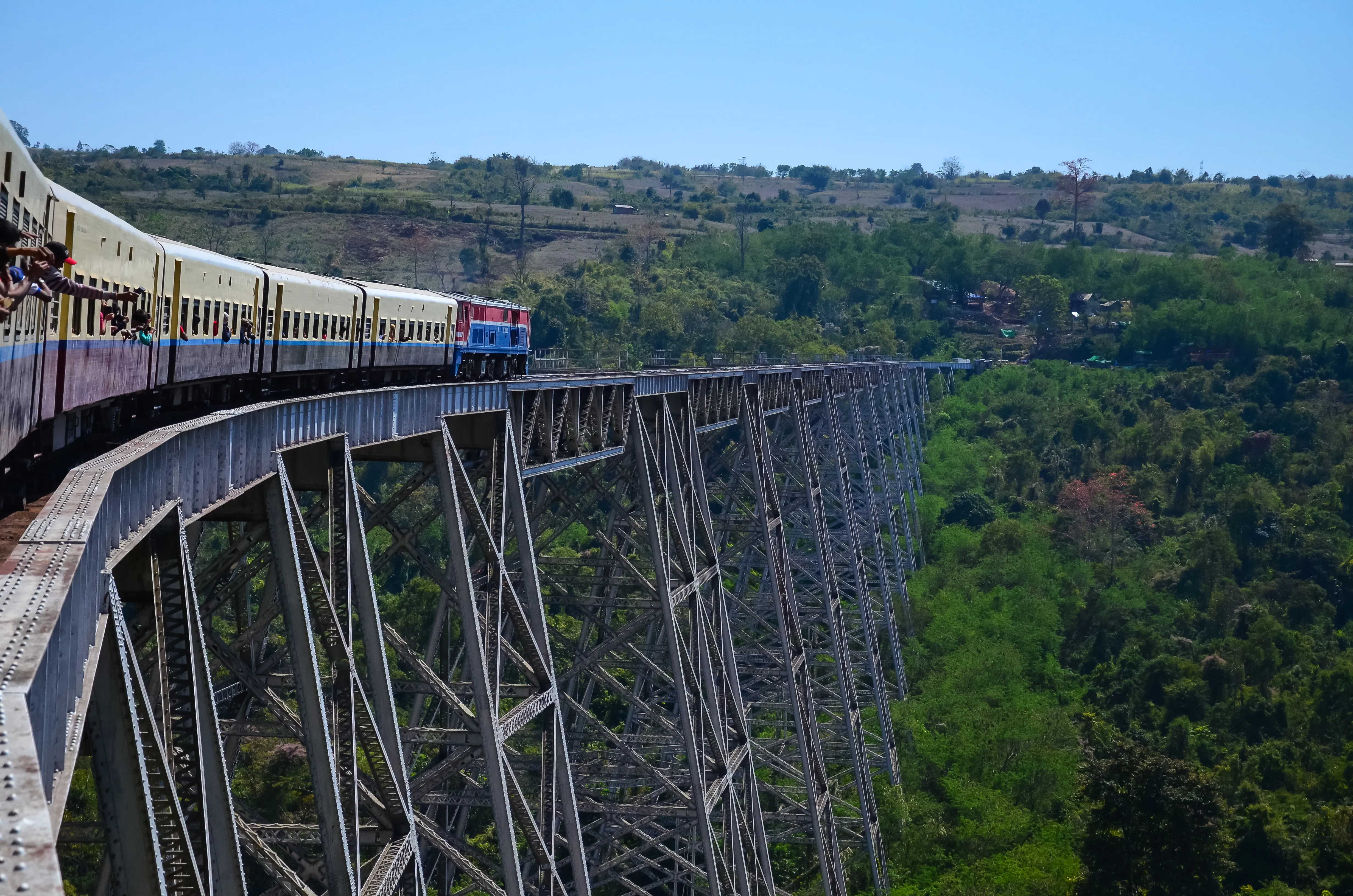
May weather in Sri Lanka offers the best time of the year to visit the country. During this month, the storms blow in from the west and south coast and bring cloudy days with intermittent sunshine. The rain during this month is heavy but brief, and the sea conditions are also very poor, due to which it is suggested to check the weather conditions properly before planning the trip. You should also look for the red flag at the beaches or hotels, as it indicates not to swim. On the east coast, towards the Arugam Bay and Trincomalee, you can expect sunny days and good beach days.
- Average Temperature: it ranges between 30-32 °C
- Weather Highlights: The coastal areas can be humid, particularly in the southwest
- Best Things to Do: Cultural exploration, Beach Relaxation and wildlife adventure
- What to Pack: Rain gear, Light jacket, waterproof backpack cover and sarong
Also Read: Best Beaches in Sri Lanka 2025
6. June in Sri Lanka
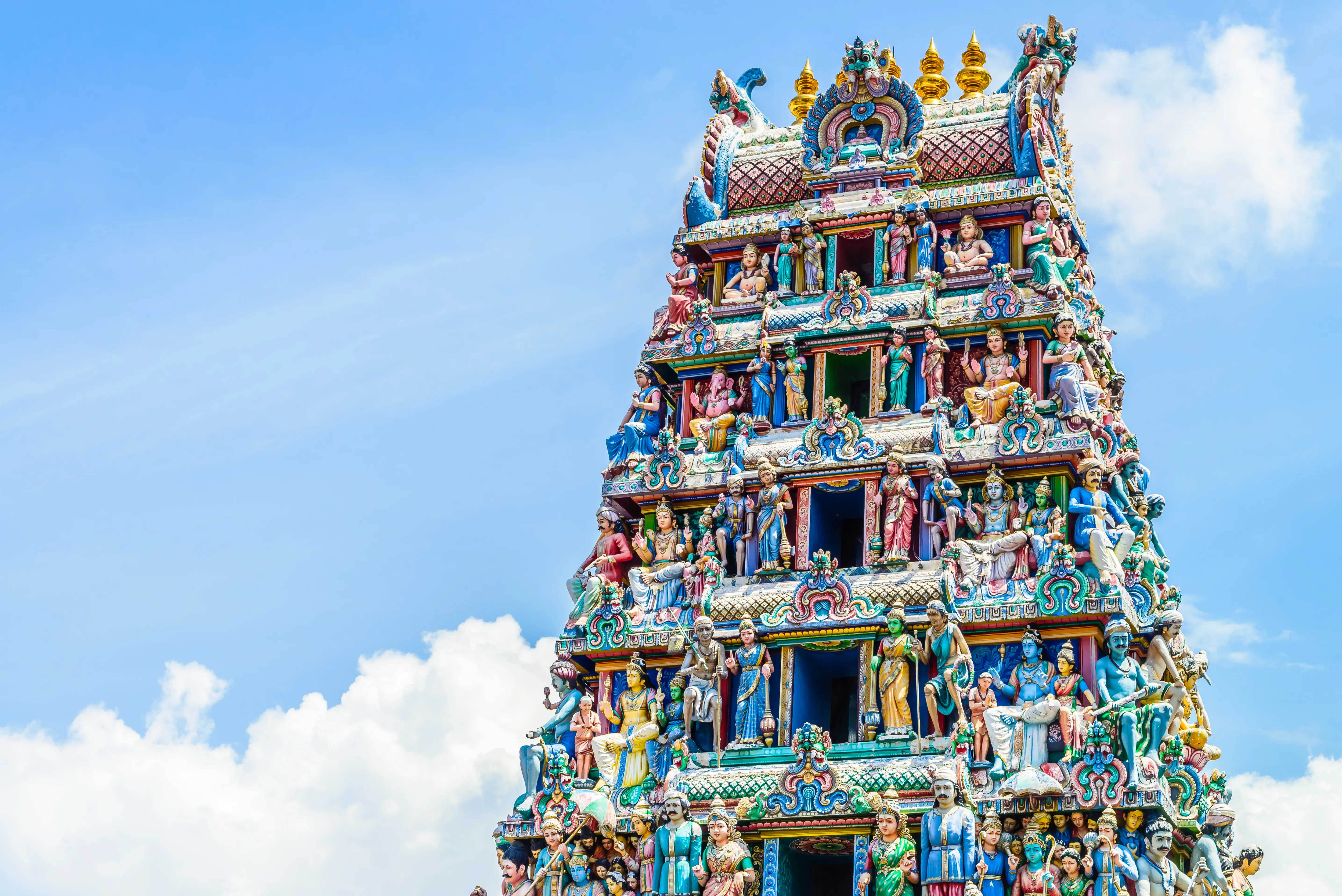
Sri Lanka in June offers the best month to discover the Tamil temple of Jaffna and the sandy north-eastern beaches under the sunny and dry weather and with few other visitors. The southern and western coastal beach areas of Sri Lanka, like Unawatuna and Mirissa, as well as the south highlands in the Ella are still on the summer monsoon. Compared to May in June, you can expect a wet adventure day. In the south and the west, you usually plan for these showers in the afternoon. Compared to May, you can expect some wet adventure days in June.
- Average Temperature: Sri Lanka temperature in June ranges between 27-28 °C
- Weather Highlights: June marks the start of the monsoon season in the southwest and the Hill Country, which brings the recurrent showers
- Best Things to Do: Wildlife Viewing, Beaches, Hill Country, Cultural Triangle
- What to Pack: Lightweight clothes, comfortable walking shoes, a Swimsuit, Sunscreen, Reusable water bottle
7. July in Sri Lanka
.webp)
Sri Lanka in July is a great time for discovering the whole island. You should pack an umbrella for any sudden downpours. The month of July is your last chance to get the wildlife inspection at the Yala National Park, with temperatures around 30 °C. You can also expect sharp weather in the month of July. You can also get the accommodation at cheaper prices, that too in the budget. You can see lots of sunshine in the north and east coast with the temperature that varies between the low to mid-30s. Near the Kandy region, it can be warmer than the coast, and the hills around Ella can be a little cooler, especially in the evenings.
- Average Temperature: Day (29-30 °C) and night (24-25 °C)
- Weather Highlights: minimal rainfall, calm seas ideal for beach activities
- Best Things to Do: Surfing, Ancient cities, Wildlife safaris
- What to Pack: Modest Attire, Sun Protection, Lightweight jacket
8. August in Sri Lanka
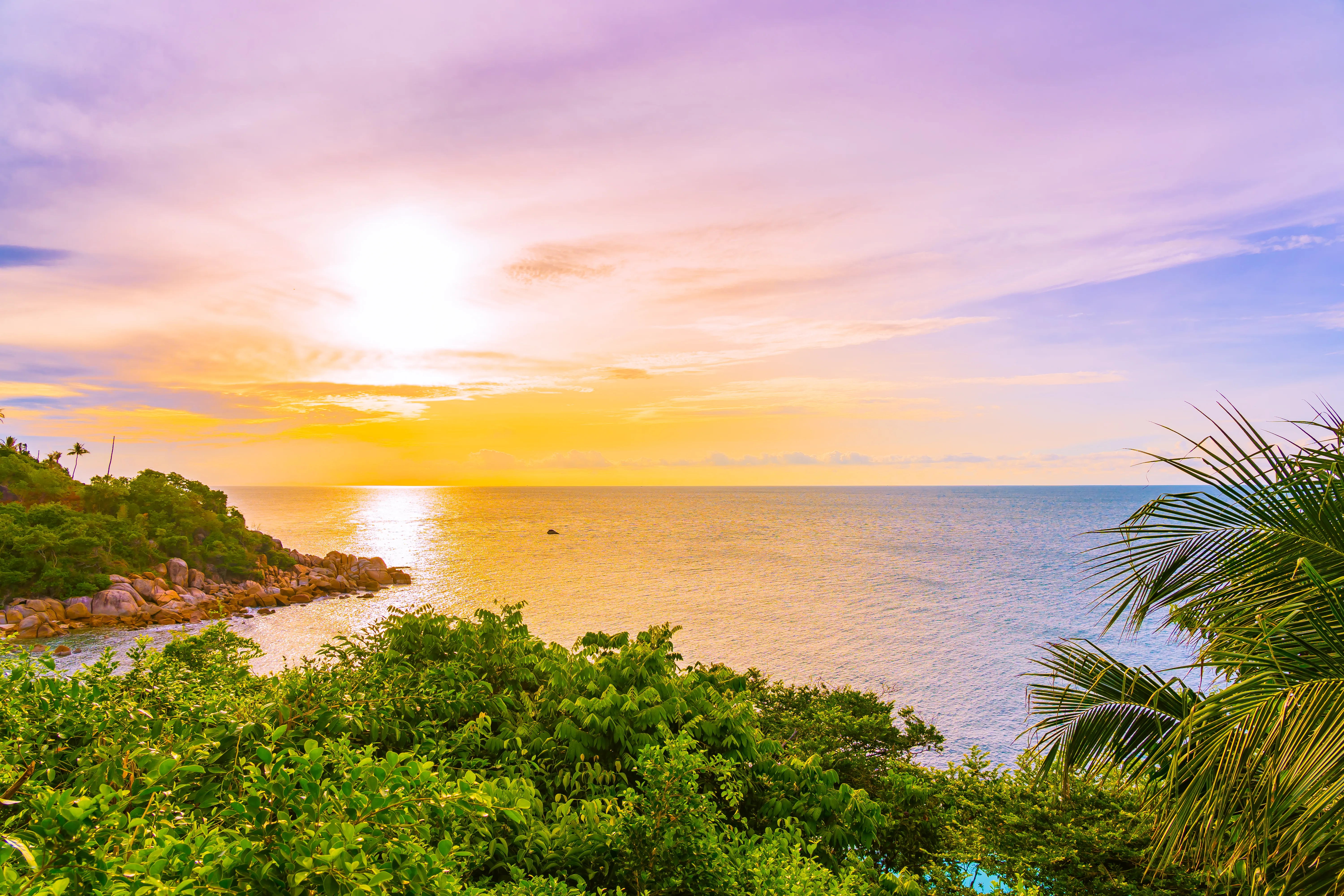
Srilanka in August have the hot, dry and sunny weather, while the monsoon downpours are less frequent in the south-west. The whale-watching season is in full swing off the coast of the eastern Trincomalee. You can still see the leopards in the Yala National Park the noise from the crowds could make the viewing less likely in August. Sri Lanka's weather in August is less windy but prepared for the temperature of over 30 °C. Sri lanka temperature in August remains high on the coast, with the temperature of around 28-29 °C on the island as a whole. The hill regions in Kandy and Ella will be cool at night.
- Average Temperature: It ranges between 29-32 °C
- Weather Highlights: dry, hot and sunny region ideal for sightseeing
- Best Things to Do: Arugam Bay & Trincomalee, Kandy Esala Perahera Festival, Cultural Triangle Exploration
- What to Pack: Lightweight clothing, a Rain Jacket, Modest Attire, and Sun Protection
9. September in Sri Lanka
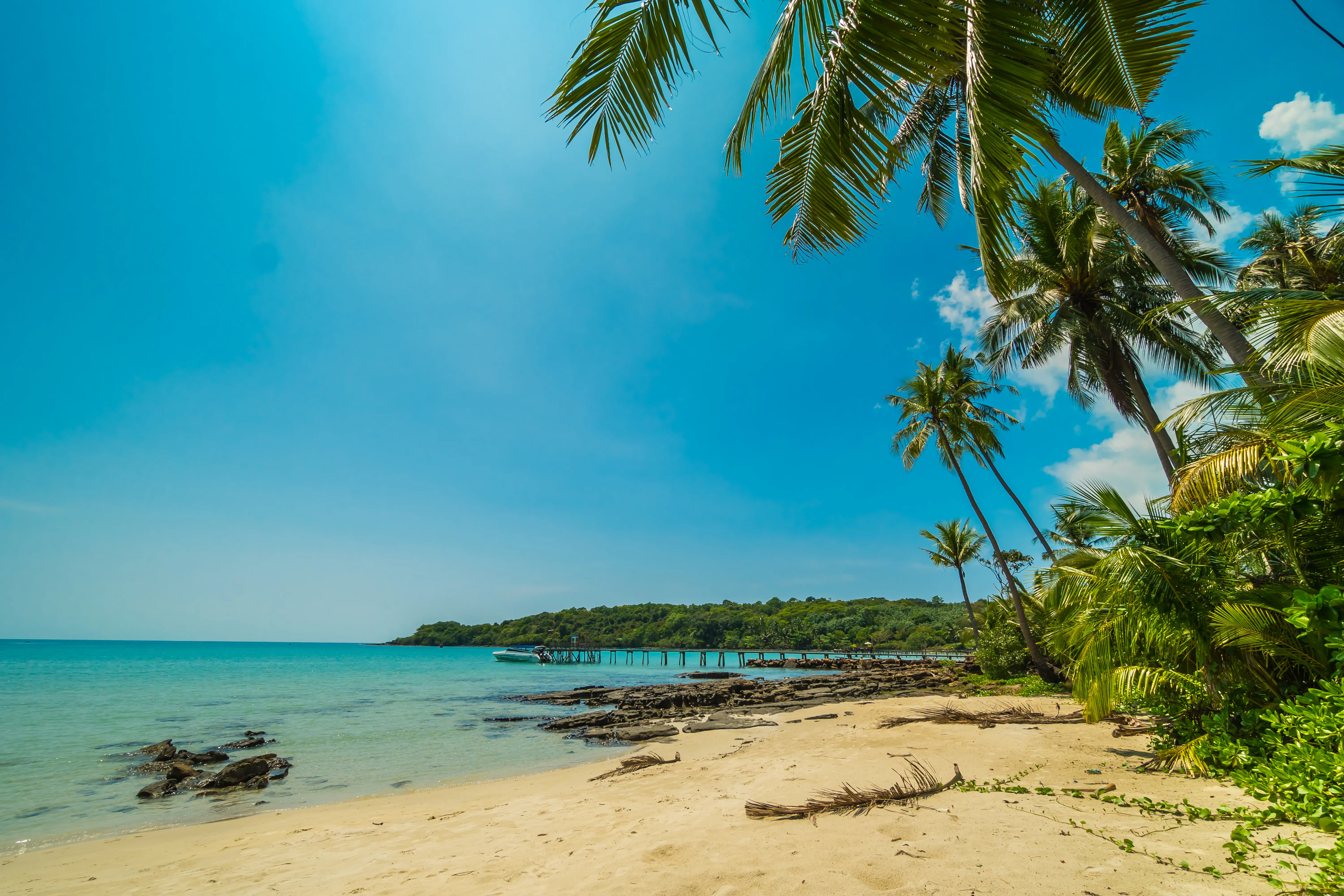
Sri Lanka in September is an excellent time to discover the northern and eastern region before the monsoon season, as it is your last chance for the sunny beach days in the east. Sri Lanka Weather September gets windier and rainier in the south and west regions. The Yala National Park is usually closed to let the wildlife seek the water undisturbed after the long dry season. During this month, you can get fewer crowds and lower prices in Sri Lanka due to the rough conditions swimming in the seas, notable on the south and west coast.
- Average Temperature: Day (28 °C-30 °C) and night (25 °C)
- Weather Highlights: The humidity level can be high in the lowlands it can be lower in the central highlands
- Best Things to Do: Snorkelling, surfing, and swimming in places like Nilaveli Beach and Arugam Bay
- What to Pack: Layering, Clothing, Footwear, Modest Clothing
10. October in Sri Lanka
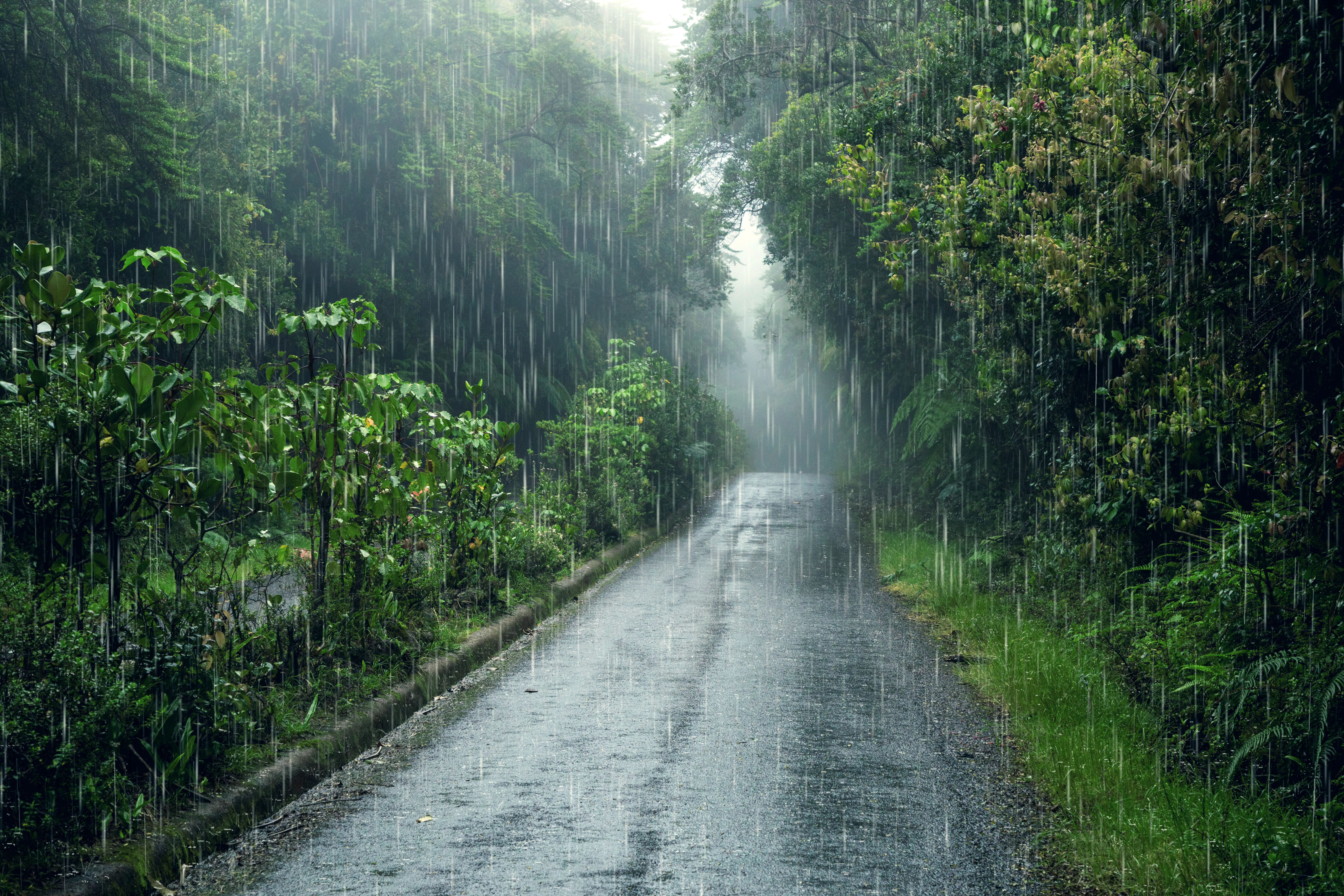
Sri Lanka in October is considered one of the wettest months; there are chances of heavy showers during this month. Rains during October do not arrive on time, also on the south west coast, the temperatures are at their lowest. Around the Cultural Triangle, the hottest, driest weather is found. There are fewer visitors in October. Due to the lack of customers, there are various restaurants and shopping malls that are closed. During October, it is the most humid month of the year, and swimming is still not recommended. You can check with beach or hotel flags for the updates on the conditions.
- Average Temperature: It ranges between 28 °C
- Weather Highlights: You can expect humid and warm conditions
- Best Things to Do: Wildlife Safaris, Cultural Triangle, Beaches
- What to Pack: Lightweight clothes, rain gear
Also Read: Best Restaurants In Sri Lanka
11. November in Sri Lanka
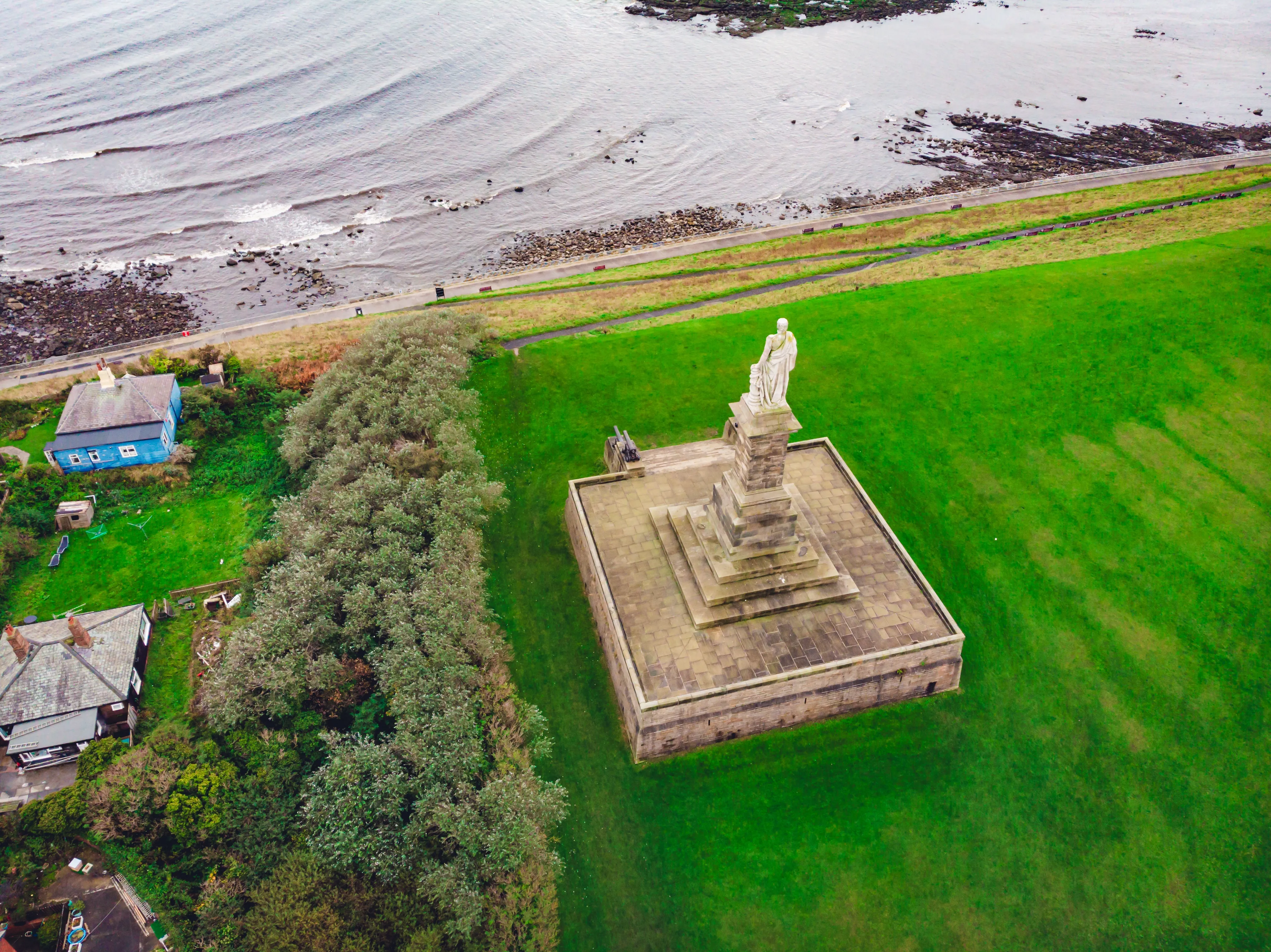
The tourist season begins in the month of November, and you will find a wider choice of small group tours. Some parts of the month are still in the monsoon season. However, you can expect a lot of sudden downpours and long periods of hot sunshine. The Umbrella are important for packing while visiting Sri Lanka in the month of November.
- Average Temperature: daytime (30 °C) and Nighttime (23 °C)
- Weather Highlights: the temperature is warm and sunny
- Best Things to Do: Wildlife Safari, Cultural & Ancient Sites, Hiking in the highlands
- What to Pack: Lightweight clothes, Rain Gear, Comfortable wear, and Sun Protection
12. December in Sri Lanka
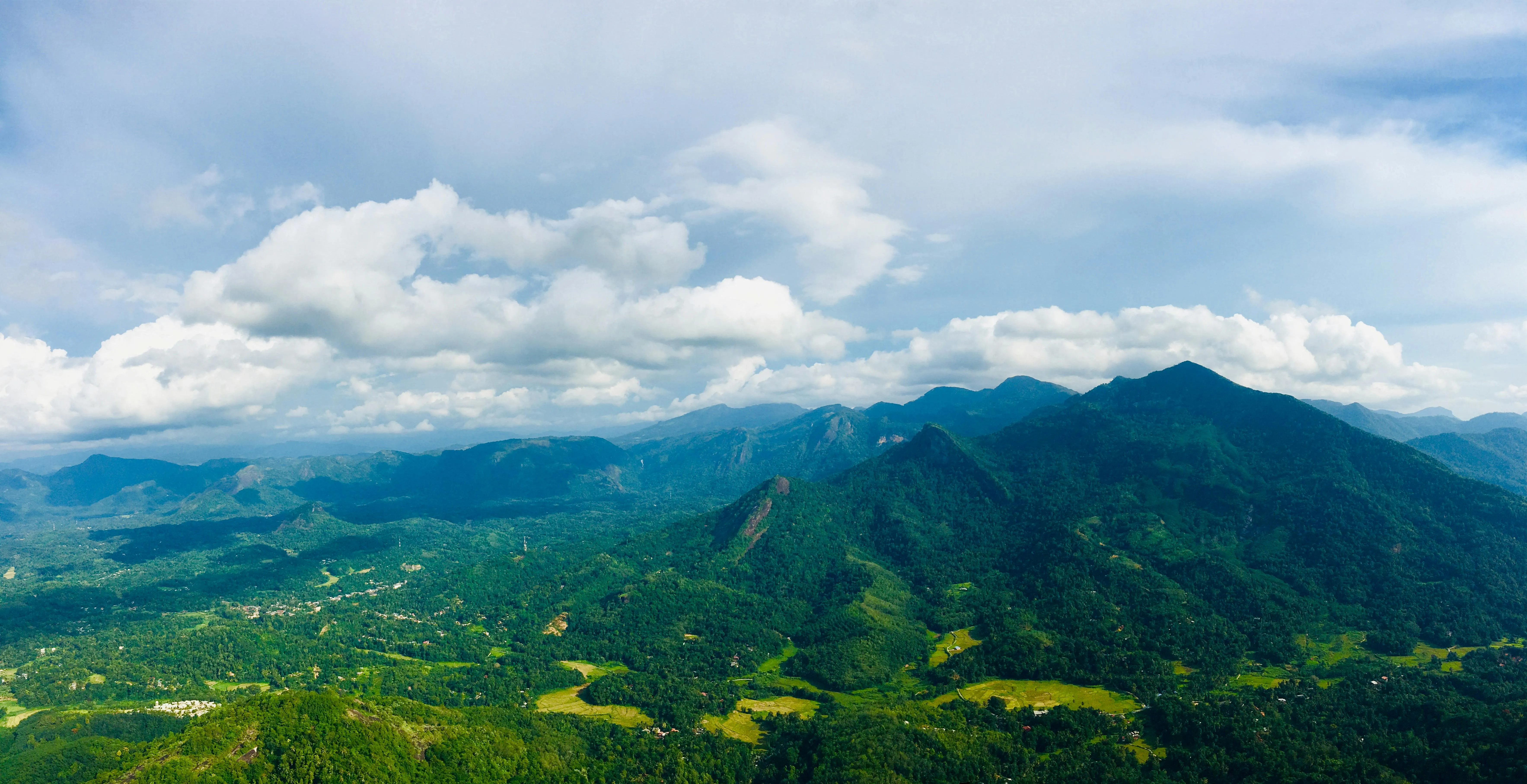
Sri Lanka in December experiences dry weather conditions with plenty of sunshine, which is ideal for the holidays, while the north and the east coasts receive high rainfall due to the northeast monsoon. The central Highlands are mainly cooler, while the cultural triangles have mild, dry weather with the potential for rain earlier in the month. December is considered the peak tourist season due to you can expect crowds, so it is suggested that you book your accommodation in advance.
- Average Temperature: it ranges between 15-23 °C
- Weather Highlights: The region is mainly affected by the northeast monsoon, due to which the rainfall in this month continues
- Best Things to Do: Beach Relaxation, Festivals, Hill Country Hikes
- What to Pack: Daytime wear, Modest Clothing, swimwear
Best Times to Visit Sri Lanka for Festivals & Events
1. Festivals in January:
The Duruthu Perahera is the cultural festival that is held at the Kelaniya Raja Maha Vihara near Colombo. It is the honour of the first visit of Buddha to Sri Lanka, and it features the dancers, drummers and the decorated elephants. In this month Thai Pongal festival is celebrated, where the Tamil communities offer gratitude to the sun god. It also coincides with the dry season on the west and south coast, which is ideal for beach holidays, combined with the festival viewing.
2. Festivals in February:
In this month, one of the most extravagant Buddhist processions is celebrated, i.e Navam Maha Perahera. It involves the exciting parade of the traditional dancers, adorned, and the musicians all departing from the Gangaramaya Temple. Independence Day is also celebrated on February 4 with the flag and parades nationwide. The weather in this month remains excellent on the south and west coasts and offers a blend of beach relaxation and cultural immersion.
3. Festivals in March:
During this month Hindus across Sri Lanka observe Maha Shivaratri in this month a night of the vigil dedicated to Lord Shiva. It is deeply solemn and a spiritual festival for the devotees. In some of the areas the contemporary events like the Rang Barse can also take place. March offers great weather for travel, particularly during the monsoon season that begins which makes it a good time to explore the dive sites and the Cultural Triangle.
4. Festivals in April:
This month is vibrant due to the Tamil New Year and the week-long Sinhala holiday called Avurudu. The nationwide celebration marks the sun's passage and includes the family gathering, special food like Kiribath, traditional rituals and the communal games. The weather during this month is hot and humid with some of the pre-monsoon showers.
5. Festivals in May:
During this month, Vesak Poya is celebrated, which is a Buddhist festival commemorating the enlightenment, birth and death of the Buddha. The cities like Kandy and Colombo are adorned with colourful lanterns and the large lit-up panels that depict the Buddhist stories. Free Food stalls, that is known as the dansals it are also set up by the communities for all. This month is basically the start of the southwest monsoon, due to which the east coast is the better destination.
6. Festivals in June:
In this month, the Ponson Full Moon Festival celebrates the arrival of Buddhism in Sri Lanka. The main festivities take place in Anuradhapura and Mihintale, where the pilgrims visit the sacred sites. While similar to Vesak with its decoration and lanterns, Porons carries its own unique significance. The Southwest monsoon brings the rain to the south and west, which makes the east coast more accessible.
7. Festivals in July:
In July, multiple festivals are celebrated. The Kataragama Festivals, which are a two-week multi-religious celebration, see devotees performing rituals like fire-walking. The other festival that is celebrated this month is Colombo Aadi Vel, which honours Lord Murugan. While the West experiences the monsoon rains, the sunnier and drier East Coast offers great opportunities for both beach activities and festival attendance.
8. Festivals in August:
In this month, one of the most famous event is celebrated, which is the Kandy Esala Perahera that takes place over the ten days in July or August. It elaborates the processions in the Kandy that feature kandyan drummers, dancers and the magnificent tusker that carries the replica of the sacred tooth relic of the Buddha.
8. Festivals in September:
As the shoulder season takes place, the northern city of Jaffna continues their Nallur Festival, which is a 25-day Hindu ceremony celebrating the god Skanda. It is considered an important event for the Tamil community, known for its parades and traditional rituals. For those who are interested in Wildlife, this month is considered the prime time for the gathering of the elephants at the Minneriya National Park, which is a remarkable natural event.
9. Festivals in October:
In this month, Diwali is celebrated, which is a Hindu festival. It is celebrated by the communities across the country, mainly in Jaffna. The festival mainly involves lighting the lamps, fireworks and prayers to the goddess of wealth, Lakshmi. The other religious holiday for Buddhists also takes place during this month, i.e the Vap Full Moon Poya. October is considered the wettest month due to the inter-monsoon rains, so you should be prepared for the wet weather.
10. Festivals in November:
The Deepavali celebration gets extended into early November with the illuminated homes and the ceremonies. The III Full Moon Poya, celebrating the arrival of the Buddhist missionaries, is observed nationwide. Colombo hosts the World Spice Festival, which is a culinary event that celebrates the spice heritage of the country. During this month, the northeast monsoon is active; however, the weather begins on the south and west coasts later in this month.
11. Festivals in December:
This month marks the return of the dry season for the west and the south coasts and the start of the peak tourist season. This month, Unduvap Full Moon Poya celebrates the arrival of the Bodhi tree from India with special events in Anuradhapura. The multi-faith pilgrimage to the Adam Peak begins in December. The Christian communities celebrate Christmas with great fervour, with special events and shopping festivals in Colombo.
What Each Season in Sri Lanka Has to Offer?
.webp)
Before planning the trip to Sri Lanka, it is important to identify the Sri Lanka weather. The period from December to mid-April is known as peak season for the overall weather, due to which the number of visitors increases.
Low Season (May-August and October): This season mainly brings humidity and frequent rainfall. During this season, you can expect discounts on resorts and hotels. In this season, the landscapes are lush and vibrant.
High Season (December-April): During this season, you can enjoy the beach activities, also you can explore the different cultural sites like temples and ancient ruins, also you can go for the wildlife safaris. During this season, the prices of the different services increase.
Shoulder Season (April-June, September-November): This month is a blend of good weather the temperature with this month is moderate due to which makes this month is considered as a good time for sightseeing and exploring the attractions.
Also Read: How To plan a Sri Lanka Trip from India in 2025
Frequently Asked Questions
What is the best month to visit Sri Lanka?
December and March are considered the best times to visit Sri Lanka, especially for the south and the west coasts. The reason behind considering these seasons is that during this month the weather remains driest and sunniest, which is best for visiting the beaches and the cultural sites.
How does the temperature vary across Sri Lanka?
The temperature in Sri Lanka varies mainly with altitude, as the central highlands are cooler compared to the rest of the country. The coastal area has consistent humid weather year-round, while the highlands area has lower temperatures even at night.
What is the coldest month in Sri Lanka?
January and December are considered the coldest months; however, it varies based on the region. The central highlands experience a significant drop in temperature. In the highlands, the temperature could drop to 5 °C in the month of January, while the coastal areas like Colombo remain warm.
When is the best time to visit Sri Lanka’s beaches?
The best time to visit the beaches of Sri Lanka is December to March, as these months are ideal for the south and southwest coast, and May to September are the best for the east coast. Sri Lanka experiences two monsoons, Yala and Maha, that create a year-round destination where the sunny weather is available always somewhere on the island.
When is the monsoon season in Sri Lanka?
The country experiences two main seasons that bring rain in different parts of the island at different times of the year. The Yala monsoon brings rain between May and September in the southwest of the country. While the Maha monsoon brings rains between November to January, which affects the north and east of Sri Lanka.
When is the best time to visit Sri Lanka for a honeymoon?
December to April is considered the best time of the honeymoon in Sri Lanka as it offers sunny, dry weather that is ideal for the south and west coast, including the cultural sites and beaches. For the East Coast honeymoon, you can visit the country from May to September during the dry season.
What is the weather in Colombo?
You can expect the hot, dry and sunny conditions that are ideal for exploring the capital and the beaches and the cultural sites. The weather in Colombo is perfect for water sports, beach vacations, and wildlife safaris
When is the best time to visit Yala National Park?
You can visit Yala National Park from May to July as this period is ideal for leopard sightings due to the dry conditions and the fewer tourists.
How is the weather in Sri Lanka in peak season?
The peak season in Sri Lanka mainly runs from December to April; the weather during this season is dry and warm. You will observe the lowest rainfall during this season, which is also considered the high season of the country, due to which the accommodation will be expensive.
What are the activities you can explore during the peak season in Sri Lanka?
During the peak season that takes place between December to March, you can explore surfing, beaches, wildlife safari and whale watching. During the moderate season, which place between April to June, and September to November, provides good weather with fewer crowds. This season is good for exploring cultural sites or experiencing waterfalls and landscapes.
